On November 5, Hanoi Museum organized a seminar "Sound Wave Dialogue" with the participation of researchers, artists, cultural managers and music experts.
Director of Hanoi Museum Nguyen Tien Da said that the discussion focused on three main focuses: Connecting academia and creativity; Creating new approaches; Shaping Vietnamese creative discourse. This is the starting point for the journey of listening to Vietnamese identity with new ears - where sound becomes the language connecting the past, present and future.
At the seminar, scholars discussed how the sounds, tones and musicality of the Vietnamese language reflect the thoughts, emotions and cultural memories of the Vietnamese people over thousands of years. Along with that, they opened up the artists' practical approach in "touching" the Vietnamese sound heritage and transforming them into new creative forms.
Dr. Tran Hau Yen The (Vietnam University of Fine Arts) believes that Vietnam’s cultural heritage gives us confidence and a rich source of data on tone, pitch, and performing arts. Art can help people “live more slowly,” keeping tourists engaged with emotional experiences.
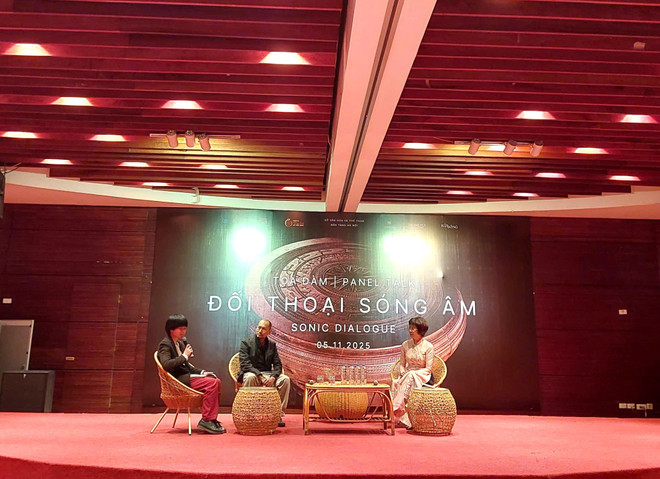
Enhancing visual elements in performances makes the art space more lively and attractive; especially when the rhythm and acting are harmoniously combined, creating a unique experience.
From a research perspective, Associate Professor-PhD Nguyen Thi Thu Phuong, Director of the Vietnam Institute of Culture, Arts, Sports and Tourism, emphasized the role of cultural policy and intangible heritage research as the foundation for building the "indigenous acoustics" industry, contributing to the preservation and development of Vietnamese cultural values in the future.
She said that the Vietnamese language and sounds are rich in melody. Many international studies have shown that the Vietnamese language in general and the other 53 ethnic groups have an extremely rich tone system.
“However, Vietnam currently lacks interdisciplinary research projects – from linguistics, musicology to cultural studies to exploit language as a core value in intangible cultural heritage. Therefore, I highly appreciate the interdisciplinary initiative of Hanoi Museum in opening a forum to discuss and approach this issue,” said Associate Professor, Dr. Nguyen Thi Thu Phuong.
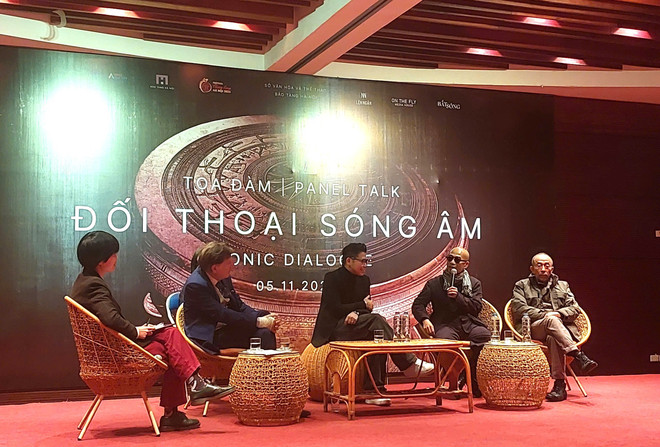
Discussing “Artistic Practice: From Sound to Indigenous Creativity,” Swiss artist Dominique Barthassat expands on the concept of “sound architecture,” viewing it as a creative approach where space becomes an instrument and sound becomes space.
He shared: “In the field of acoustic architecture, digital technology can become a supporting factor for the development of traditional culture and art without distorting or distorting its original value. The structure and design of architectural space will help diffuse and resonate sound effects through digital applications. This is the modern factor that can promote and highlight the value of tradition.”
The discussion opens a new approach to the relationship between Vietnamese language, tones and sound waves, and introduces the academic and artistic concepts that are fundamental to the launch of the art program "Eternal Moments" taking place on the evening of November 8, as part of a series of activities responding to the Thang Long-Hanoi Festival 2025.
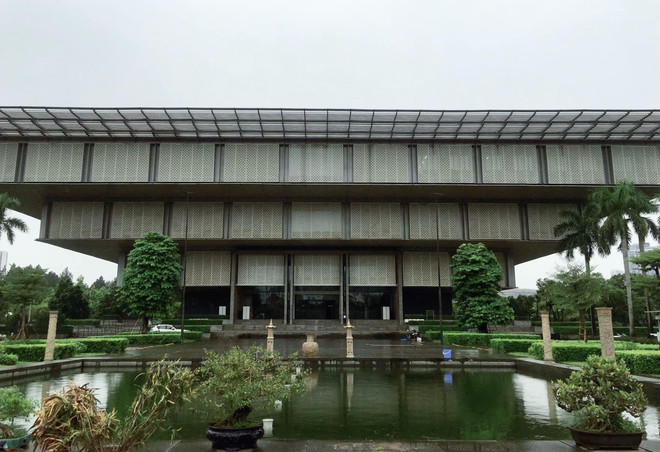
“Eternal Moments” is a meeting between heritage and contemporary creativity, between Vietnamese and Swiss artists, to create a new experience of sound, space and cultural memory.
The program brings together works of art – where folk instruments, Vietnamese language, electronic sounds and visual images blend together, evoking emotions about identity, time, and the longevity of Vietnamese culture in the global flow.
The program marks a special cooperation between Vietnam and Switzerland, with the participation of artist Dominique Barthassat, who brings contemporary European sounds blended with Vietnamese folk instruments./.
Source: https://www.vietnamplus.vn/tu-truyen-thong-den-duong-dai-khi-nghe-sy-bien-song-am-thanh-ngon-ngu-sang-tao-post1075157.vnp




![[Photo] Opening of the 14th Conference of the 13th Party Central Committee](https://vphoto.vietnam.vn/thumb/1200x675/vietnam/resource/IMAGE/2025/11/05/1762310995216_a5-bnd-5742-5255-jpg.webp)





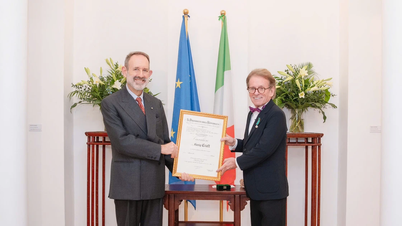

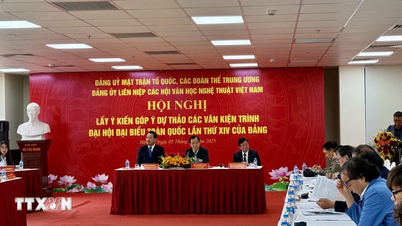
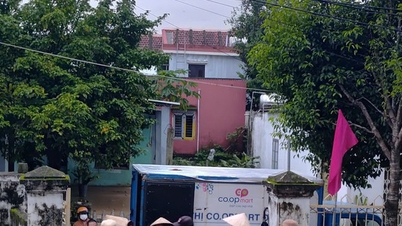

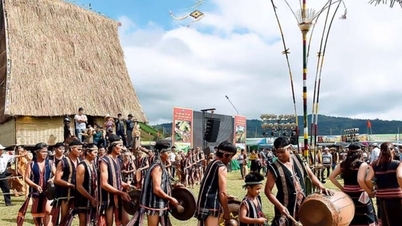

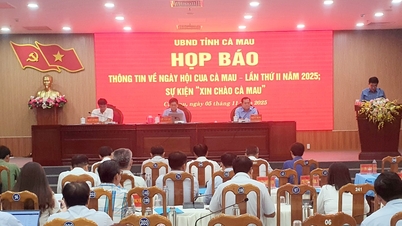
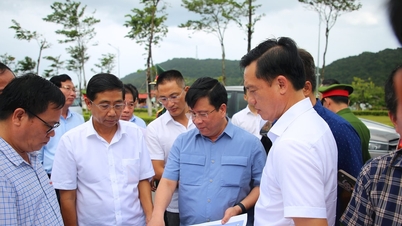



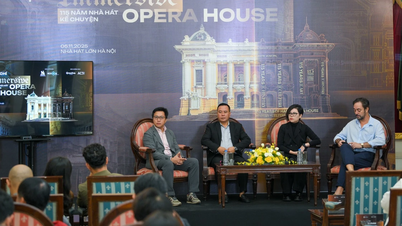




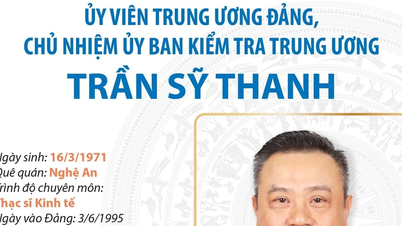

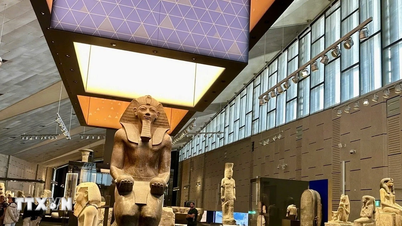




![[Photo] Panorama of the Patriotic Emulation Congress of Nhan Dan Newspaper for the period 2025-2030](https://vphoto.vietnam.vn/thumb/1200x675/vietnam/resource/IMAGE/2025/11/04/1762252775462_ndo_br_dhthiduayeuncbaond-6125-jpg.webp)



































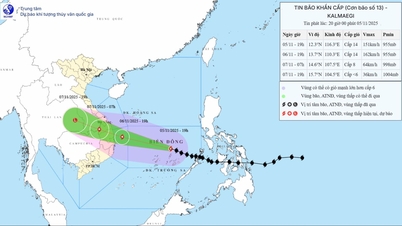

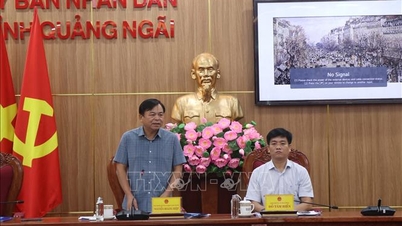




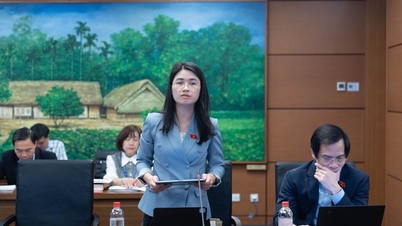


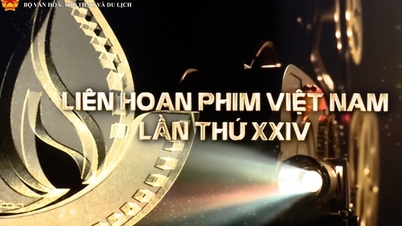

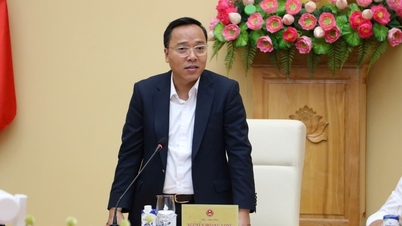



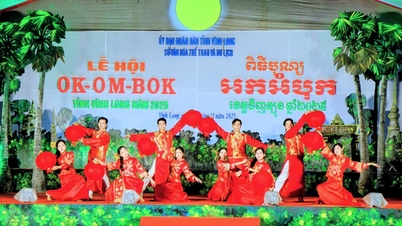




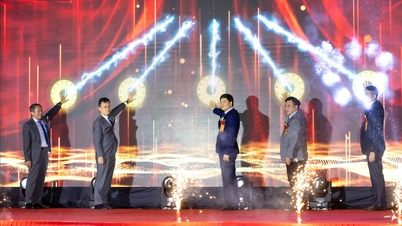

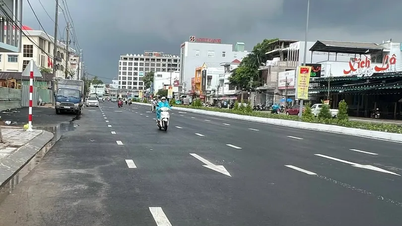












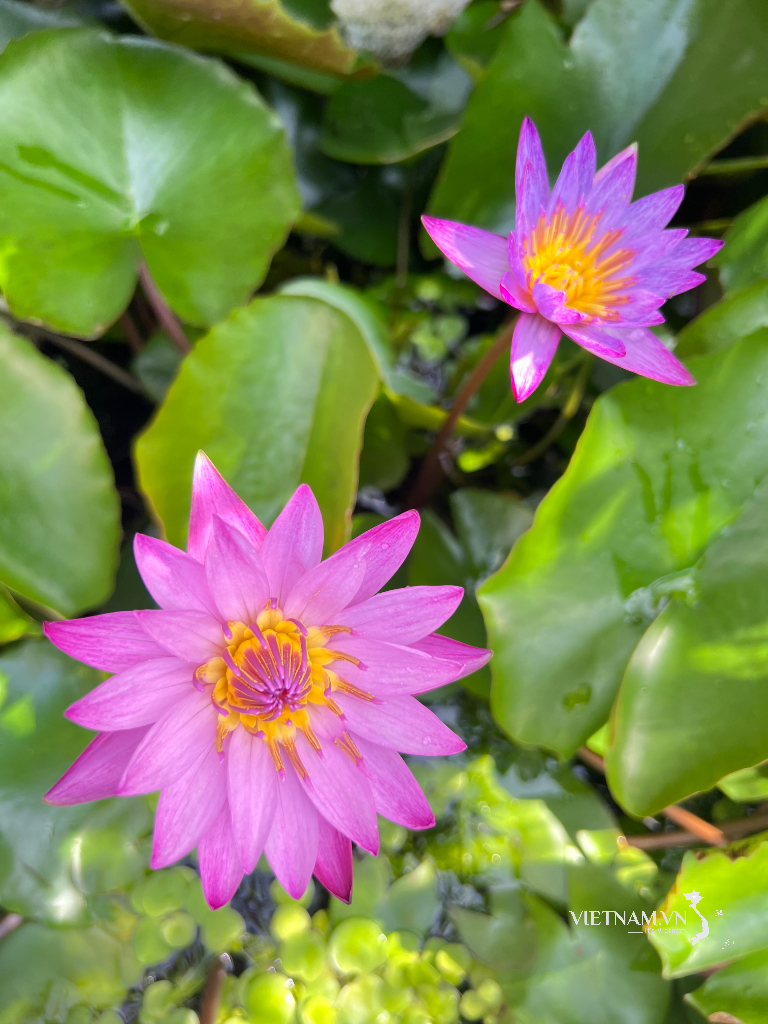


Comment (0)